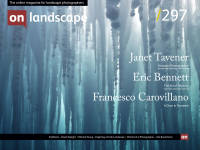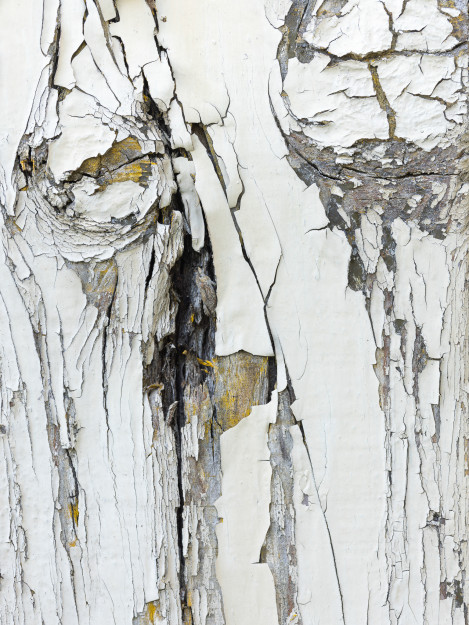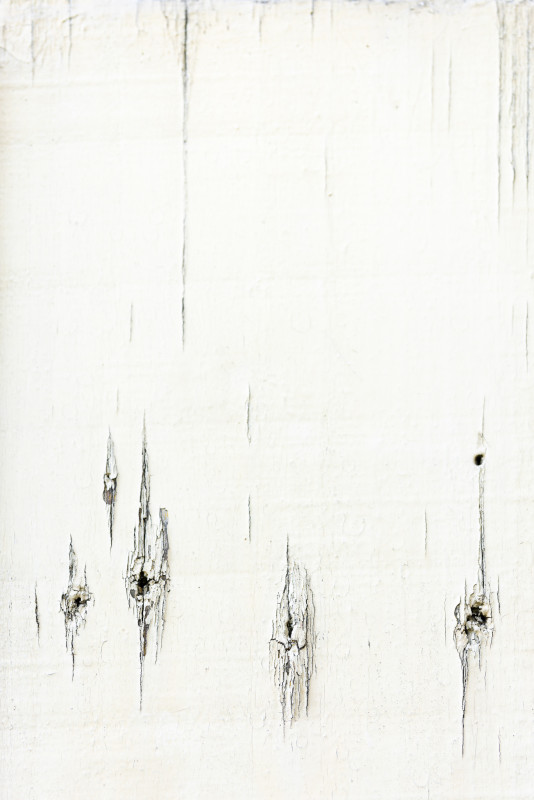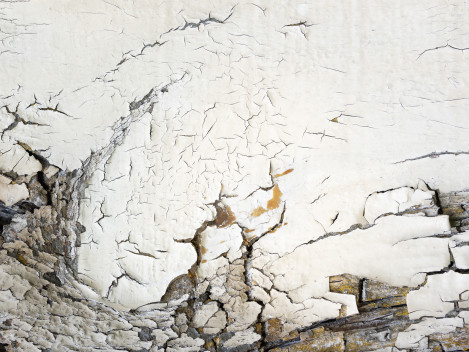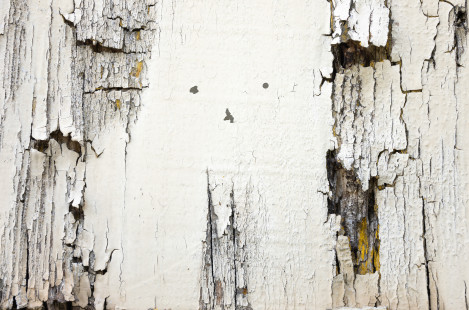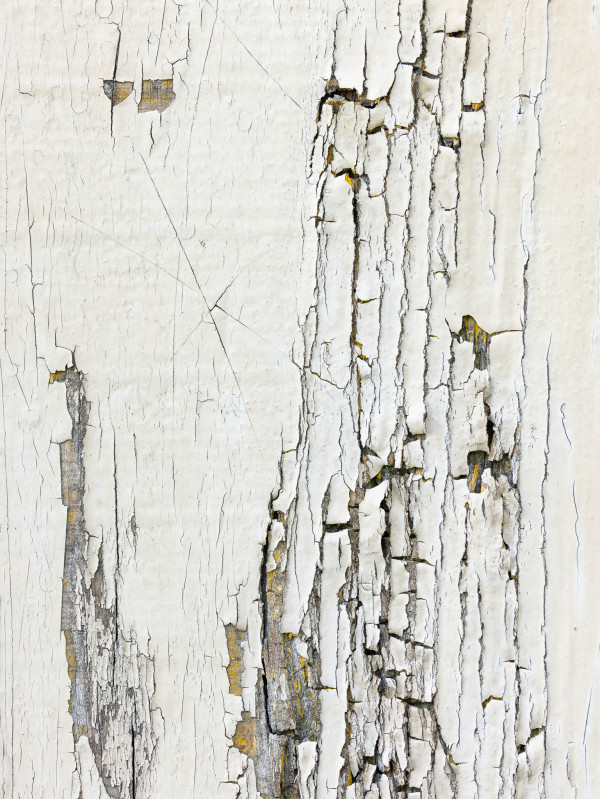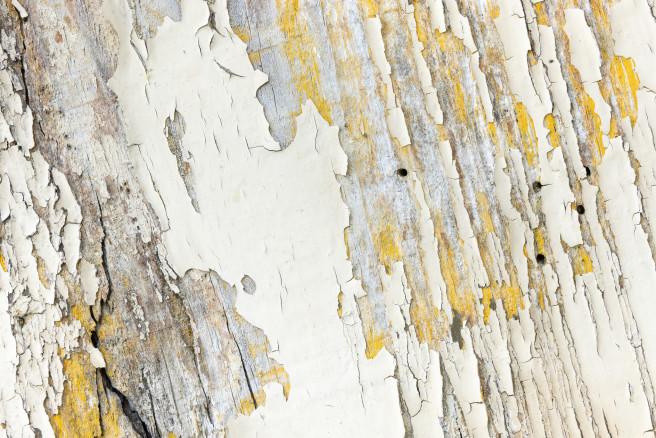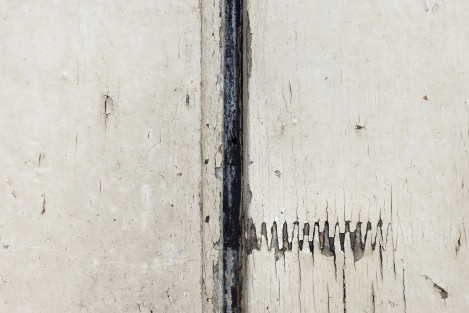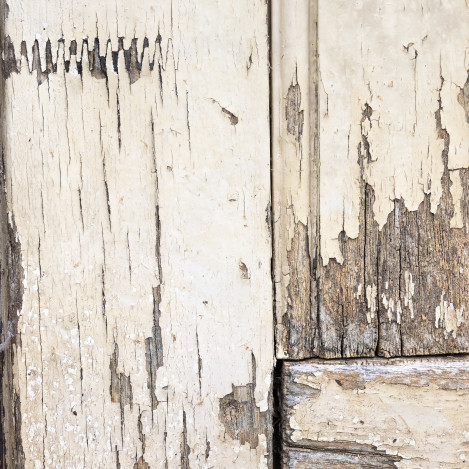An abstract workshop for myself

Francesco Carovillano
Through nature and image-making I keep discovering who I am. The more I grow older, the more these two things merge together.
I’m a full-time landscape photographer mainly working in the forest of Fontainebleau, France.
In Santorini
In September 2012, when I was in a photographic stage, which I called “practice & portfolio”, I made a two-week trip to the Greek island of Santorini. During my “practice & portfolio” period, as the name suggests, I made regular trips to various locations offering different kinds of landscapes and cityscapes in order to build up a travel and landscape portfolio. These trips were part of a series of trips that I financed with the money I saved during my previous career, which lasted a decade, in another visual art.
One evening, I decided to photograph a viewpoint from a series of steps I walked by earlier that morning and reckon that it would yield a higher potential if photographed sometime before sunset, when the sun would light the landscape sideways, enveloping the scene with much softer and warmer hues. This long series of steps followed a broad curved shape at first, which then turned into a gentle "s" shaped path, a perfect line leading the eyes towards Oia's windmills in the background.
This path of steps was built right on the edge of an elevated and steep ridge. When looking towards the village of Oia, the descending steps overlooked the sea on the left, while on the right, the scene was characterised by a seemingly endless perspective of typical white Greek houses. It was an idyllic location, infused with a classic summer flavour and illuminated by uninterrupted side lighting, which filled the atmosphere with a gentle warmth coming from the seaside.
Away from the tourist noise, I carefully choose the exact step to unfold my tripod before waiting for sunset. Suddenly, a man came up and set up his tripod and camera right next to me, on the same narrow step where I, too, was standing. Despite there being many other steps before and after me, that precise step must have appeared to be the best one for him, too. Without moving my tripod, I took a step back and let him place his gear.
Since I had a few more days to spend in Santorini, I said to him that I could leave the spot to him and come back the following day to photograph that view. He declined, saying that we could both be there, share the small space, and shoot the sunset together. After a while, we started talking and he humbly explained he was a well-known American photographer, he hosted a TV series about photography and authored many books. Impressed, I asked for his name and business card.
After the shoot, I checked his website and saw his work. It impressed me, but I couldn’t yet grasp how famous he was. As I was eager to meet him again, I searched for him the following day. I found him eventually and I explained I was dedicated to becoming a professional photographer. He mentioned it was already great for me to be out there, doing what he was doing: making images. He explained that he had been a travel and wildlife photographer for 40 years, and it was a great lifestyle, but loving such a lifestyle is as important as having a strong passion for photography itself.
These words were spoken to me by Art Wolfe. I didn’t know who he really was back then, and only once I got back home, I did do further research on him and buy some of his books. After that conversation, he and his colleague, Gavriel Jecan, allowed me to tag along as they kept exploring Oia until dusk when we split our ways. They left for Thailand to lead a workshop, and I stayed there, still unable to fully comprehend what had happened in the past two days: Art Wolfe placing his tripod 3 inches next to mine, letting me photograph alongside him as if we were colleagues, and discussing his photography and lifestyle with me. At that time, I was 27 years old, and only 13 months before that day, I held my first camera in my hands. It was all very abstract to me.
While on the first evening, we were photographing a classic vista across a Greek island from late evening to dusk. On the second day, I saw him moving around much more and photographing all sorts of things, especially architectural details and cats near beautiful doorsteps. The part that intrigued me the most was when I saw him curl up on the ground to photograph the ruined planks of an old wooden door. I admit my naivete made me wonder what he saw in that and why was he photographing with such eagerness and passion, what, to me, appeared to be just an old door.
Abstract workshops
A few years later, he started to offer specific workshops on abstract photography either along a coastline or in rural settings in old villages with abandoned vehicles or trains.
Attracted by the idea of training my eyes and creativity on finding and framing small patterns and pleasing arrangements of details on rusted surfaces, I began searching for abandoned trains near my home. But as I gave priority to my trips to improve my travel portfolio, I couldn't justify to myself the need to do a workshop on abstract photography and moved on.
Since then, throughout the years, whenever I would find appealing details to photograph, I would do so, but I never met a single piece of surface to inspire me to make a series of photographs from it.
Every time I went to my wife's grandmother's home, 200km south of our home, in a small village in Bourgogne called Tannerre-en-Puisaye, I would see in the garden this old door and felt a certain attraction to it. As we rarely went there, at times I never took the time to study and eventually photograph it, while other times I didn't have my photographic gear with me.
Eleven years apart
Only on my last visit there for a family reunion, as everyone was about to go to an event nearby, I decided to stay in the garden to photograph that door. As we joined the family reunion on our way towards the south of France for a long photographic trip, I had my gear with me and was finally able to photograph it.
At first gaze, I could only see a couple of interesting motifs on the old wood, but as I kept looking, I began to recognise a series of unexpected designs. Some of them had shapes resembling human figures bearing a torch or holding something upwards.
This made me open my backpack, unfold the tripod and start photographing.
The necessary calm to perform an attentive observation of the old wood’s surface led to contemplative moments of interpretation upon new appealing findings. This tranquil exploration, mostly done through gazing while standing still, was contrasted by an eagerness to photograph various compositions born of immediate intuitions.
The making of nine photographs of this small wooden door, which illustrates these words, took about one hour. While framing some of the compositions, I had a feeling as if I had already begun to work on those images way before that moment. The connection I had always felt for those wooden planks materialised that afternoon.
When the family returned, they were surprised to find me curled up on the ground to photograph the intricate design of the old door and even more so to learn I have been doing that since they left. For them, it was just an old door, but for me was the perfect “location” for my own personal abstract workshop.
I asked some questions about the door and learned that it was placed there by my wife’s grandfather over 40 years ago. It used to be brand new, with the wooden planks perfectly aligned and smooth, but now it had a run-down look, full of bumps and holes, and nothing was straight anymore.
Some people asked me what I saw in that door and why it took my interest so intensely to invest much time and focus. As I said above, that was also what I wondered about Art Wolfe in Santorini and so after explaining my reasons for photographing the old door, I shared with them my Santorini story, even if they didn’t know who Art Wolfe is, just like I didn’t.
I felt like Art Wolfe involuntarily taught me something that day in Santorini, which stayed with me ever since and took eleven years to fully resurface in my consciousness to come full circle. Eleven years apart, Art Wolfe’s passion still inspired me. He was able to stimulate in me the desire to be immersed in the same creative process I saw him disappearing into in Santorini as he photographed an old door.
Unconsciously, that lucky meeting with Art Wolfe stimulated in me my interest in that door from the first moment I saw it. The appreciation of such an old object and the realisation that all those faults on its surface were holding photographic opportunities came from him and that encounter.
Unless Art Wolfe reads this text, he will never know about his impact on my photographic journey. Like him, we too, by simply practising our passions and sharing our stories, may never know who we may inspire and how we may flare up someone else’s creativity. This has the power to set in motion a chain of events that would lead a person to follow his passions, discover new horizons, produce personal work and potentially inspire someone else. Just like Art Wolfe did while being curled up on the ground to photograph an old door.

